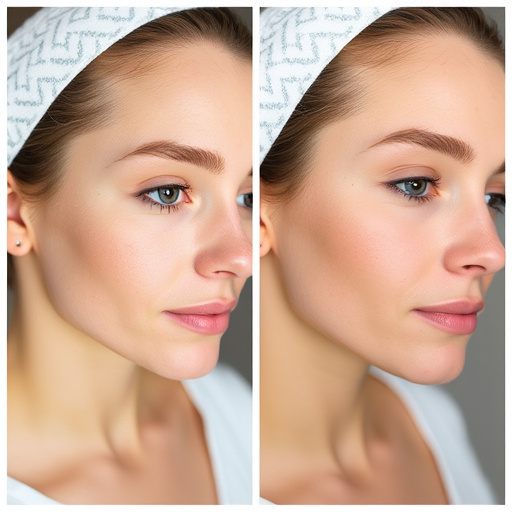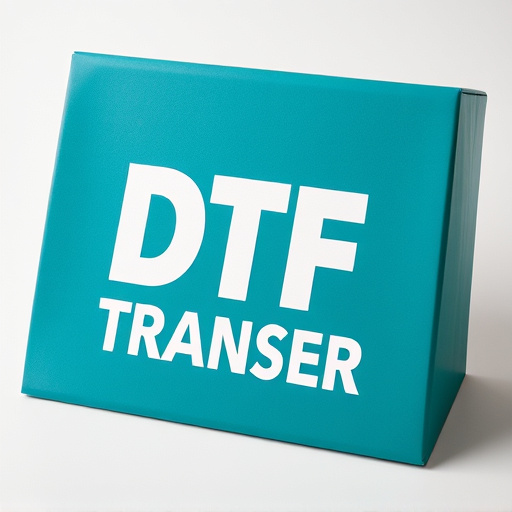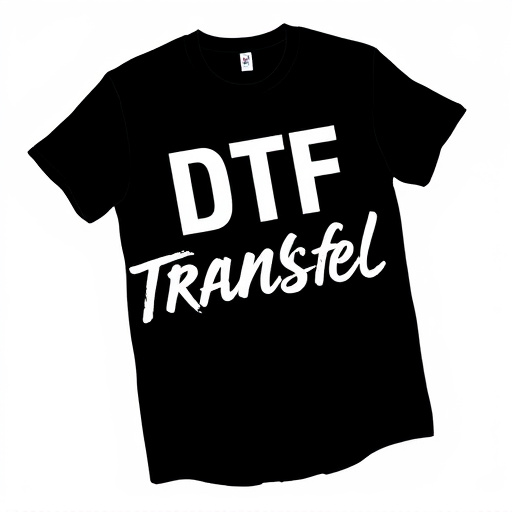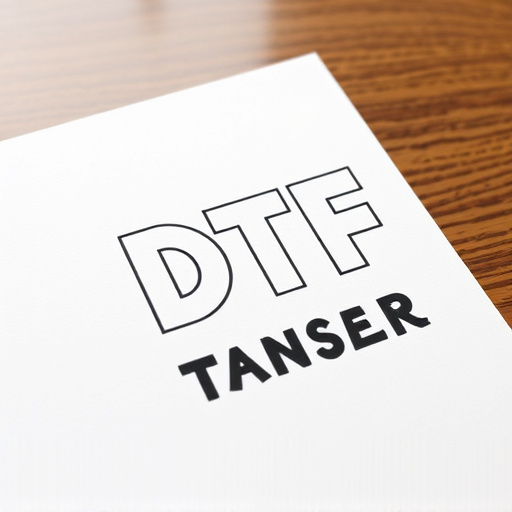DTF (Direct-to-Film) printing is a cutting-edge technology for creating precise, vibrant prints directly on various materials without intermediate steps. It utilizes specialized printers and permanent inks, offering fast drying times and superior durability. Essential materials include high-quality DTF printers, compatible inks, print media, cleaning solutions, maintenance kits, and vinyl cutters. Design preparation involves high-resolution artwork (300 dpi or higher) in CMYK color mode, with simple backgrounds and trim lines. Printing requires careful settings adjustment based on material type, while post-print care ensures longevity. DTF printing is revolutionizing creative expression across various industries.
“Unleash your creativity with the art of Direct-to-Film (DTF) Printing! This comprehensive guide offers a step-by-step journey through the world of DTF, from understanding its unique capabilities to mastering the technical aspects. Learn how to gather the essential materials and prepare your designs for flawless reproduction. Follow our detailed process to create stunning prints, and explore advanced techniques to elevate your artwork. Discover the secrets to optimal post-print care and unlock the vast applications of this revolutionary method.”
- Understanding Direct-to-Film (DTF) Printing: A Comprehensive Overview
- Gathering the Necessary Materials and Equipment for DTF Printing
- Preparing Your Design for Print: Tips and Best Practices
- Step-by-Step Guide to Creating a High-Quality DTF Print
- Post-Print Care and Processing: Ensuring Optimal Results
- Exploring Advanced Techniques and Applications of DTF Printing
Understanding Direct-to-Film (DTF) Printing: A Comprehensive Overview
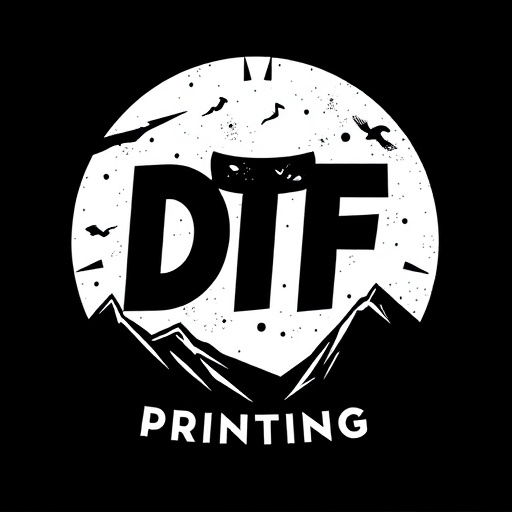
Direct-to-film (DTF) printing is a cutting-edge technology that has revolutionized the way we reproduce images and designs directly onto various materials, from ceramics to textiles. Unlike traditional printing methods that rely on intermediate surfaces, DTF allows for direct application of ink onto the final medium, offering unparalleled precision and vibrancy in the final product. This process involves specialized printers and inks designed to bond permanently with the substrate, ensuring durability and fast drying times.
DTF Printing provides a game-changing solution for businesses and individuals looking to create high-quality, long-lasting prints. Its versatility makes it suitable for diverse applications, including custom clothing design, product branding, and artistic expressions. With DTF, you can achieve stunning details, vibrant colors, and even intricate patterns directly on the surface of your chosen material, elevating your creative projects to new heights.
Gathering the Necessary Materials and Equipment for DTF Printing
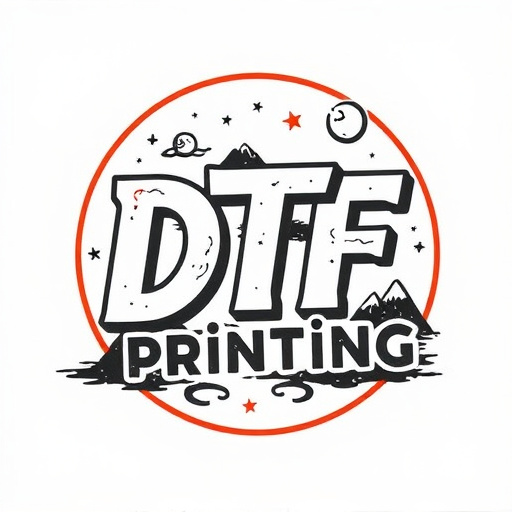
To begin your journey into direct-to-film (DTF) printing, there are several essential materials and equipment you’ll need to gather. This process requires specific tools to ensure optimal results. Start by acquiring high-quality DTF printers, which are designed for precise and efficient ink transfer onto various materials. These printers typically use advanced technologies like piezoelectric or thermal printing mechanisms. Next, source compatible inks tailored for DTF applications; these inks are formulated to adhere strongly to different substrates while offering vibrant color accuracy.
Additionally, prepare your workspace with necessary supplies such as print media (film or plastic sheets), cleaning solutions, and maintenance kits for regular upkeep. You’ll also require precision cutting tools, like vinyl cutters, to trim and finish your printed designs accurately. Ensuring you have all these components in place is a significant step towards mastering the art of DTF Printing.
Preparing Your Design for Print: Tips and Best Practices
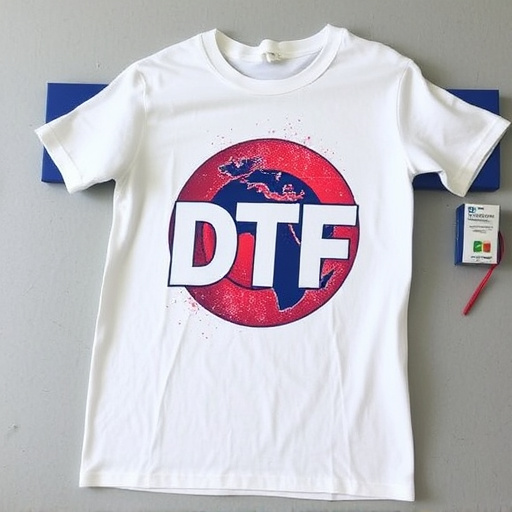
Preparing your design for direct-to-film (DTF) printing involves a few key steps to ensure optimal results. First, ensure your artwork is in high resolution, typically 300 dpi or higher, with crisp lines and sharp details. This is crucial for achieving clear prints on various media types. Next, color mode matters; use CMYK profiles for DTF printing as it accurately represents the final output colors. Convert your design to the correct color mode before sending it to print.
Additional best practices include keeping backgrounds simple and avoiding intricate patterns that could obscure details. Trim lines and bleeds are essential, providing a buffer around your design to account for any printer discrepancies. Avoid using text or important elements too close to the edge, as this may result in cuts or trimming errors. Lastly, check for potential printing issues like overlapping elements or transparent areas that might cause problems during the DTF process.
Step-by-Step Guide to Creating a High-Quality DTF Print
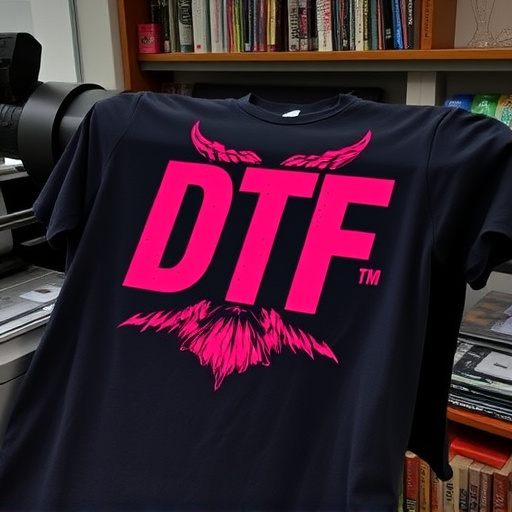
Creating a high-quality Direct-to-Film (DTF) print involves several precise steps to ensure optimal results. Begin by preparing your design file, ensuring it meets the specific requirements for DTF printing, including resolution and color mode settings. Next, select the right vinyl or material for your project based on factors like durability and desired finish.
Load the prepared design onto your DTF printer, making sure the media type is correctly set. Adjust the print settings according to your material choice, considering factors such as ink density, temperature, and pressure. Once configured, feed the film into the printer, aligning it precisely for accurate registration. Proceed with the printing process, monitoring the progress closely. After completion, carefully remove the printed film from the printer, ensuring no wrinkles or damages occur.
Post-Print Care and Processing: Ensuring Optimal Results

After completing your direct-to-film (DTF) print, proper post-print care and processing are essential to achieve optimal results. This involves several steps to ensure the longevity and quality of your prints. First, allow the ink to cure completely before handling or displaying the printed material. Most DTF inks require a specific drying time, which is typically indicated by the manufacturer. Touching or folding the print too soon can lead to smudging or discoloration.
Next, consider the storage environment. Store your DTF prints in a clean, dry place away from direct sunlight and heat sources. Humidity control is also crucial; using desiccant packets or storing them in airtight containers can help maintain optimal conditions. Additionally, avoid stacking prints directly on top of each other to prevent transfer of ink or markings. Regularly inspect your prints for any signs of damage or fading, and address issues promptly to preserve their vibrancy and clarity.
Exploring Advanced Techniques and Applications of DTF Printing
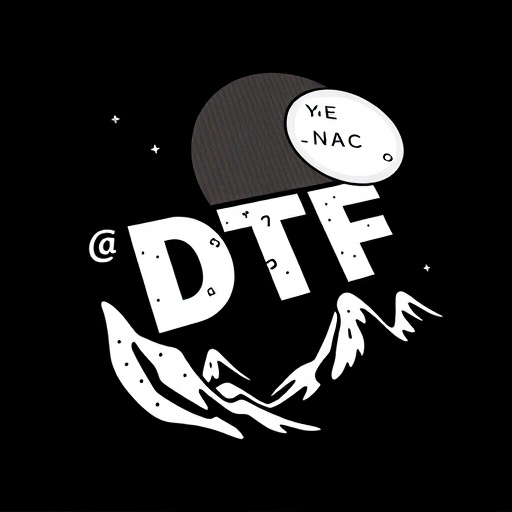
Direct-to-film (DTF) printing offers a world of advanced techniques and applications beyond basic t-shirt designing. Professionals and enthusiasts are leveraging DTF to create intricate, high-quality prints on various surfaces, from ceramics to wood and fabric beyond conventional textiles. This involves utilizing specialized inks and printers capable of achieving fine detail and vibrant colors directly onto the chosen medium.
From artistic custom home decor items to limited-edition fashion collections, DTF printing allows for unprecedented levels of creativity and personalization. Techniques like multi-color layering, special effects inks, and precision cutting expand the possibilities for designers, enabling them to produce unique, eye-catching pieces that stand out in a crowded market.

